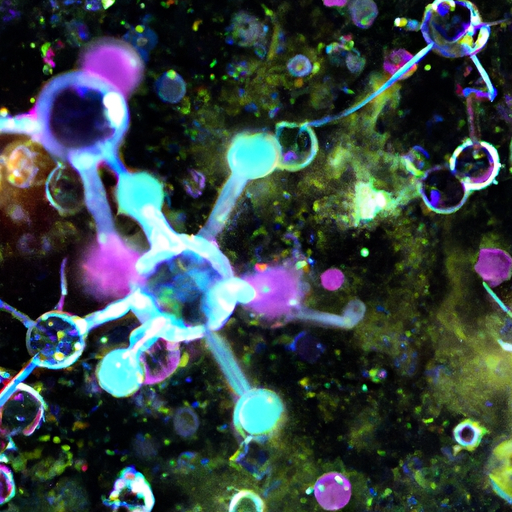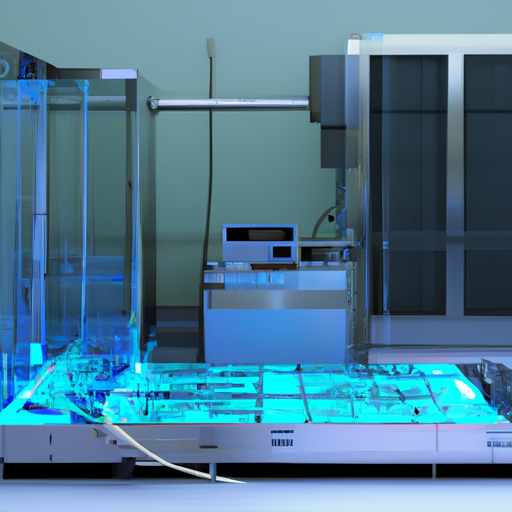Scientists achieve major quantum computing milestone enabling complex molecular simulations. The breakthrough allows researchers to model drug interactions with unprecedented accuracy and speed. This development could revolutionize pharmaceutical research and dramatically accelerate the discovery of new life-saving medications.

In a groundbreaking development that promises to reshape the landscape of pharmaceutical research, scientists have achieved a significant breakthrough in quantum computing that enables the precise simulation of complex molecular interactions. This advancement marks a pivotal moment in both quantum computing technology and drug discovery methodologies.
The breakthrough, achieved through a collaboration between leading quantum computing researchers and pharmaceutical scientists, centers on a new quantum algorithm that can accurately model the behavior of large molecules and their interactions with potential drug compounds. Traditional computers have long struggled with these complex calculations, often requiring months or years to process the intricate quantum mechanics involved in molecular binding.
At the heart of this innovation is a novel approach to quantum error correction, which has been one of the most significant challenges in quantum computing. The research team developed a method to maintain quantum coherence for longer periods, allowing for more complex and accurate calculations. This advancement enables the quantum computer to simulate molecular interactions with unprecedented precision, potentially reducing drug development timelines from years to months.
The implications for pharmaceutical research are profound. Drug discovery has traditionally been a time-consuming and expensive process, with many promising compounds failing in later stages of development. The new quantum computing capability allows researchers to simulate drug interactions with proteins and other biological molecules before synthesis, significantly reducing the need for costly laboratory testing and accelerating the identification of promising drug candidates.
The system's ability to process vast amounts of molecular data simultaneously represents a fundamental shift in how drug discovery can be approached. Rather than testing compounds sequentially, researchers can now evaluate thousands of potential drug candidates in parallel, considering not just their primary effects but also potential side effects and interactions with other medications.
Practical applications of this technology are already showing promising results. In initial trials, the quantum system successfully predicted the binding properties of several known drugs, validating its accuracy against experimental data. More importantly, it identified several novel compound configurations that traditional computing methods had overlooked.
The breakthrough has implications beyond pharmaceutical research. The same quantum computing capabilities could revolutionize materials science, enabling the design of new materials with specific properties for applications in renewable energy, electronics, and environmental protection. The ability to simulate complex molecular systems could also advance our understanding of biological processes and chemical reactions.
However, challenges remain in scaling this technology for widespread use. The quantum computers capable of performing these calculations require extremely controlled environments and are currently available in only a few research facilities worldwide. Researchers are working on developing more robust and accessible quantum computing systems that could bring this capability to more laboratories and research institutions.
The financial implications of this breakthrough are significant. The pharmaceutical industry spends billions annually on drug development, with much of this investment going to compounds that ultimately fail in clinical trials. By improving the accuracy of early-stage drug screening, quantum computing could substantially reduce these costs while accelerating the development of effective new treatments.
Looking ahead, researchers are optimistic about the potential for further advances. The next phase of development focuses on increasing the complexity of molecular systems that can be simulated and improving the accuracy of predictions for larger biological molecules. There are also efforts to integrate this quantum computing capability with artificial intelligence systems to create even more powerful drug discovery tools.
The impact on global health could be transformative. With faster and more efficient drug development processes, new treatments for currently intractable diseases could become available more quickly and at lower cost. This could particularly benefit research into rare diseases, where traditional drug development approaches are often economically unfeasible.
As this technology continues to evolve, it represents a convergence of quantum physics, computer science, and pharmaceutical research that could fundamentally change how we approach disease treatment and drug development. The breakthrough stands as a testament to the power of interdisciplinary collaboration and the potential of quantum computing to address some of humanity's most pressing challenges.



